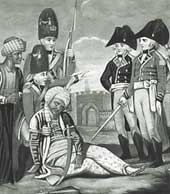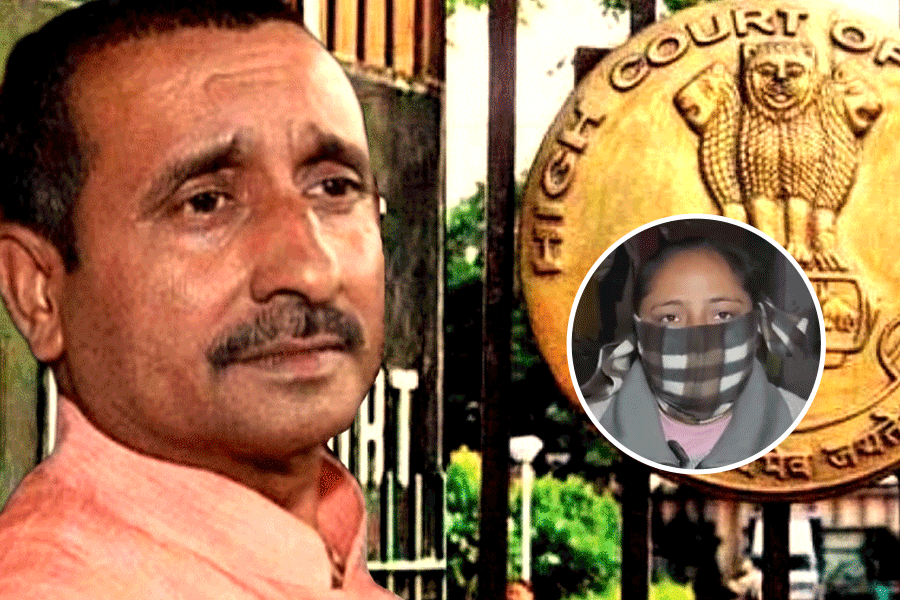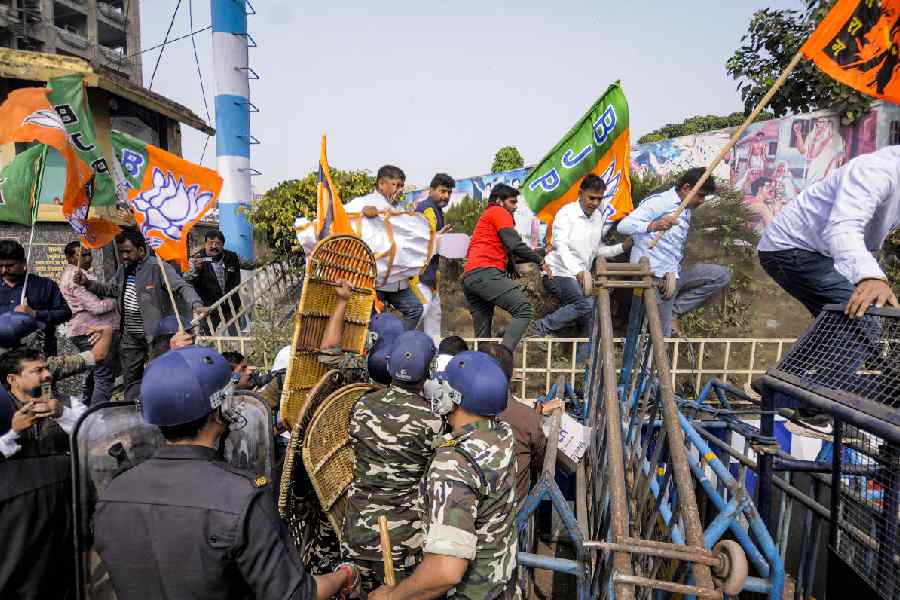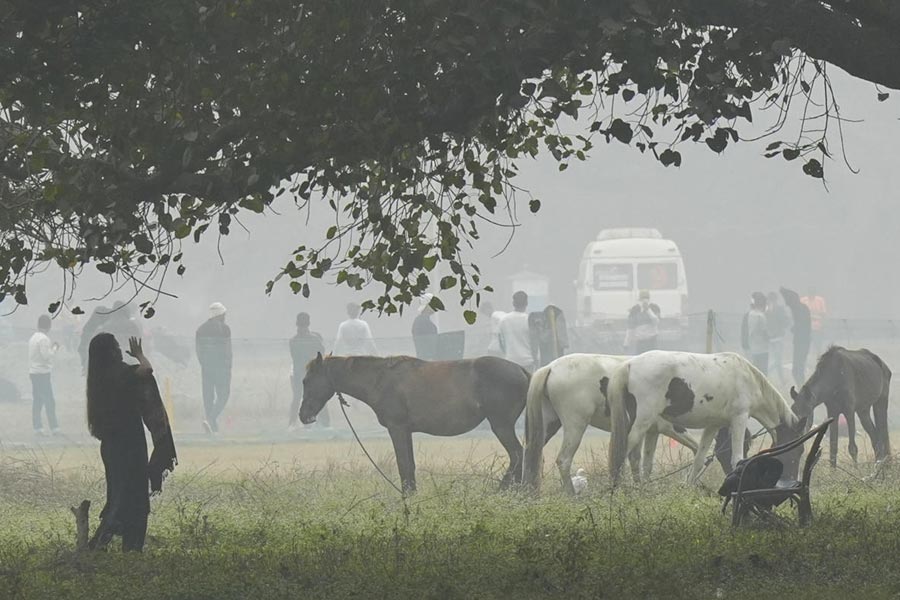|
|
| No women please |
Martial Races: The military, race and masculinity in British Imperial Culture, 1857-1914 By Heather Streets, Manchester, ? 45
The late nineteenth century witnessed the emergence of new branches of history writing by marginalized sections of human society. One consequence of this development was the rise of ?feminist history?.
Established historiography attempts to grapple with the rise of ?new history?, and in some cases, it has been able to absorb and accommodate ?radical? histories. However, in the process, the old historiographical schools have changed beyond recognition. One example of this is the emergence of new cultural studies on imperialism.
Instead of analyzing the political and diplomatic dimensions of this phenomenon, the cultural studies approach considers imperialism to be a gendered cultural phenomenon. This, for example, led feminists to argue that the British empire of the nineteenth century was a male-dominated construction which was geared towards the subjugation of women.
In this book, the author, Heather Streets, shows that one of the core institutions of the empire, the British Indian Army, was shaped by a racial-masculine ideology. The name of that doctrine was Martial Race Ideology According to Streets, this ideology was laced with gender bias because it emerged in response to the nineteenth-century feminist and nationalist critique in Ireland and India, which argued that the army was composed of ruffians and mercenaries.
Since threats, both to the core of the Empire and to the periphery resulted in the rise of this theory, Streets says that it is necessary to go beyond the frontiers of ?national? history. Here lies the crucial difference between the approach adopted by Streets and those of the regional studies on martial races.
For both Britishers and Indians, this ideology also played a crucial role in making the army appear as an attractive career option for commoners. This was done to stimulate recruitment to the armed forces.
Streets, who has been influenced by Edward Said?s bipolar model of self and the other, says that the army tried to ?other? its opponents by attributing to them negative qualities. He goes on to show how the imperial army ascribed to its critiques ?feminine? qualities like softness, fickleness and so on.
In contrast, the elite soldiers of the British empire like the Scottish tenants, Gurkha mountaineers and Sikh peasants were portrayed as intrepid men who were ready to protect the borders of the kingdom. This strand within the complex imagery of the martial warriors got a boost during the revolt of 1857 and the Afghan campaign. Interestingly, though a majority of British soldiers suffered from a high degree of venereal diseases, the ordinary people were made to believe that the martial soldiers were immune to them.
The military authorities puffed up the images of the martial soldiers by writing regimental histories, and by extolling the kilted Scots, kukri-wielding Gurkhas and turbaned Sikhs in numerous paintings. Such an inflated reputation had an effect on the self-image of the these warriors. So much so that they gradually came to believe in these fabricated identities.
Largely due to the army?s public relations campaign, public opinion in the nineteenth century came to accept the idea of the martial races. Pulp magazines and periodicals played an important role in blending military doctrine with popular discourse. Not only the Victorian society, but even in present day Scotland, Nepal and Punjab, martial race stereotypes dominate, claims Streets. This has led to the eradication of the other competing regional cultural systems. Here lies the legacy of cultural construction by the imperial army.
The cultural approach to military studies opens up new avenues regarding images and myths constructed by the institutions. Not only those with a military bend of mind believed in these larger-than-life images but they also had a spill-over effect on the civil society. This, according to Streets, is nothing new. The trend was also prevalent in the late 19th century when the British empire was at its zenith.











